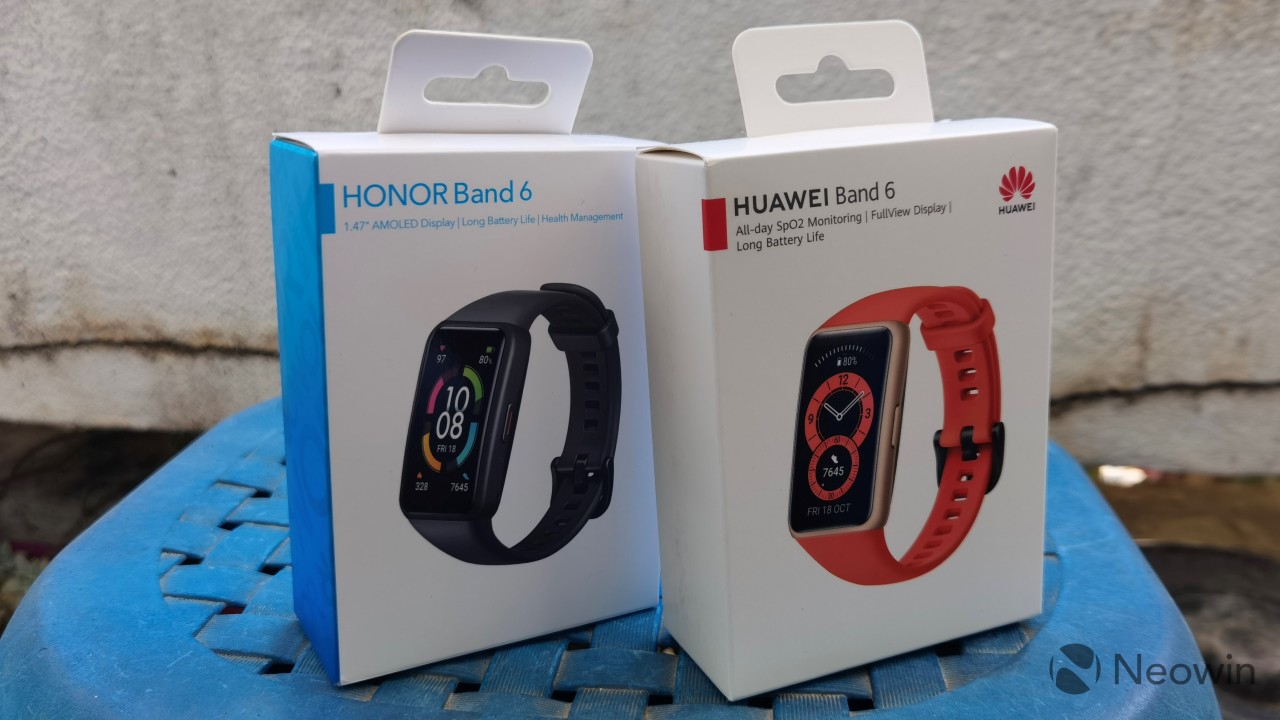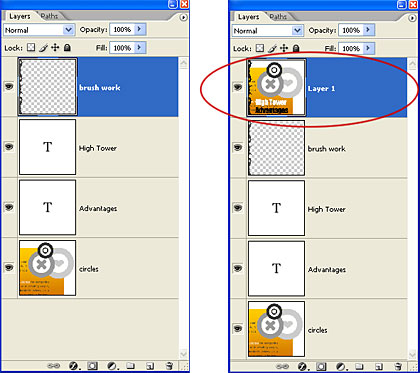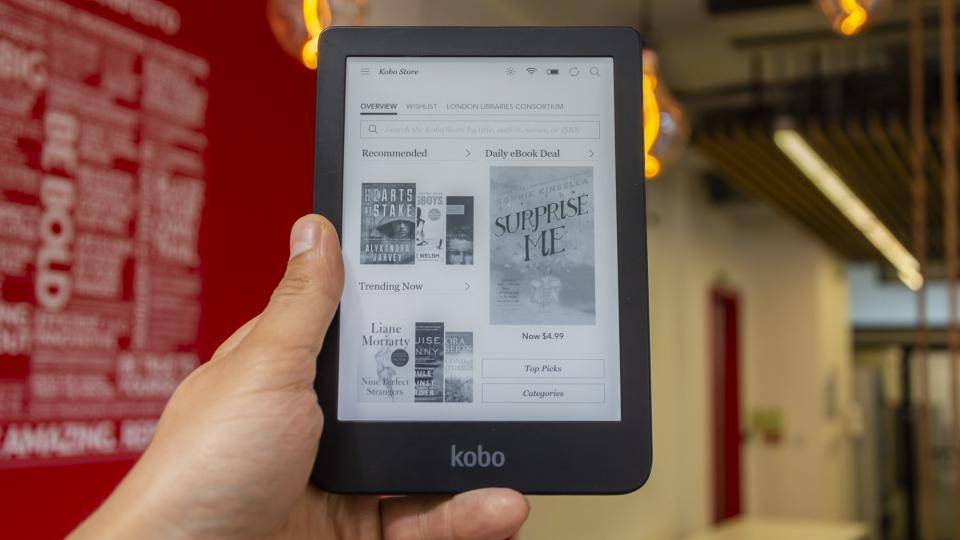Sustaining smartphones at peak performance is essential at a time when they play a significant role in both personal and professional lives. These devices may slow down over time for several reasons, such as an excess of apps, out-of-date software, and accumulated cache. This post provides a thorough how-to for optimizing and preserving your smartphone’s performance so that it keeps working well long after it has been set up.

Maximizing Smartphone Efficiency
There are a few proactive actions you can take to maintain the smooth operation of your smartphone. These measures boost the device’s performance and extend its lifespan, ensuring you get the most out of your mobile technology investment.
Updating Software Regularly
Updating software on a regular basis is necessary to keep smartphone performance at its best. These updates bring new features and interface improvements and include critical security patches and bug fixes. Keeping your device’s operating system and applications up-to-date helps prevent potential vulnerabilities, ensuring overall stability and speed.
Clearing Cache Periodically
The longer you use apps, the more cache data they accumulate, which can slow down your device. Periodically clearing the cache of frequently used apps can free up memory and improve responsiveness. This is particularly effective for apps that consume much visual content, such as browsers and social media platforms, as they store large amounts of temporary data.
Uninstalling Unused Apps
The presence of unused apps not only occupies storage space but also consumes battery and CPU resources through background processes. Performance can be significantly improved by routinely going through your app list and removing any apps you no longer need. This will free up system resources and cut down on pointless background activity.
Limiting Background Processes
The performance of your device can be affected by many apps that continue to run processes in the background even when not in use. To maintain system speed and reduce battery consumption, you can adjust settings such as restricting background data and turning off auto-sync for apps that don’t require constant updating.
Optimizing Battery Settings
Optimizing your battery settings can help extend the life of your device’s battery and improve its performance. Power-saving features include battery-saving mode, adaptive brightness, and the ability to put apps to sleep when not in use. By managing these settings effectively, you can ensure energy is used efficiently without sacrificing functionality.
Managing Storage Space
The key to maintaining smartphone speed is to keep your storage space uncluttered. Regularly transferring files to the cloud or an external storage device and keeping your internal memory free from unnecessary items allows the operating system to run more smoothly. Utilizing tools like the huawei pura 70 ultra’s storage manager can assist you in quickly identifying and managing large files and unused apps.

Monitoring System Performance
The key to maintaining optimal smartphone performance is monitoring its performance closely. By routinely checking the CPU, memory, and battery levels using the built-in monitoring tools, you can learn a lot about any possible problems that might be slowing down your device. Armed with this information, you will be able to make informed decisions about necessary adjustments or upgrades.
Conclusion
Optimizing your smartphone for peak performance requires regular maintenance and mindful usage. By putting these tactics into practice, you are able to maintain your device’s effectiveness, responsiveness, and ability to handle the demands of contemporary digital life. These steps not only enhance your user experience but also extend the effective lifespan of your smartphone, making it a reliable tool for communication, work, and entertainment.







